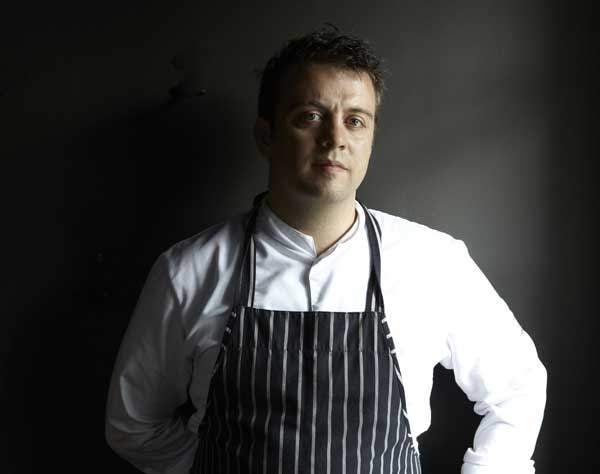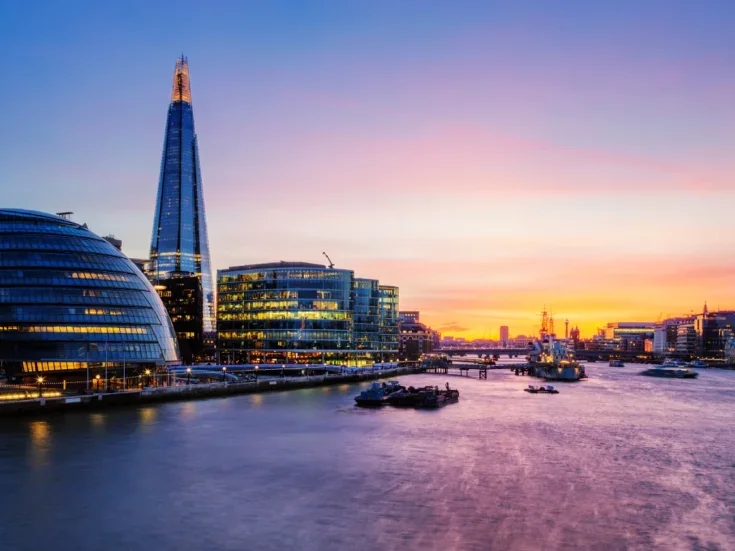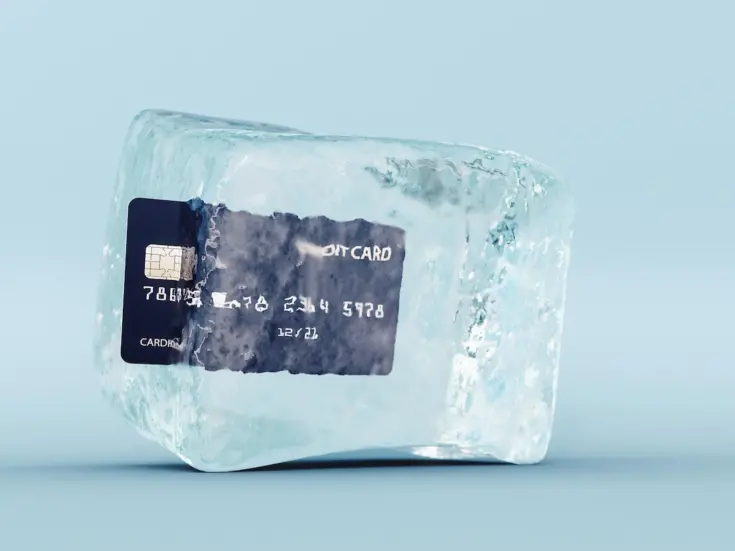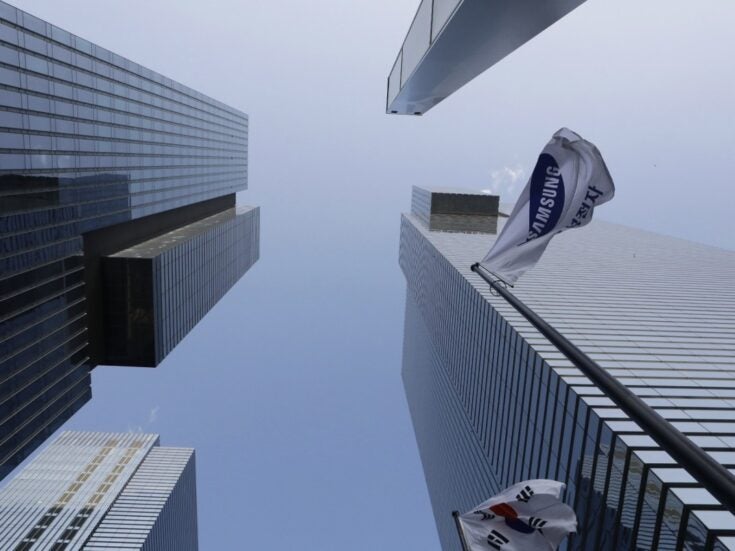
Not even a feud with Michelin could delay the ascent of Alexandre Gauthier (who received his second Michelin star in February 2017). His vivid creations have made him the toast of modern French cuisine, writes Andrew Harris
Henri Gault, the French food critic and owner of the expression ‘nouvelle cuisine’, was not one to shy away from hyperbole. When the gastronomic
wind was at his back, Gault could certainly go, slathering never-ending descriptive detail over the stuffed pigeon of some chef nobody had heard of, in a village nobody had been to, ultimately rendering it unclear whether he was advocating driving there to eat it or propose marriage to it. But the upheaval that this loquacious Parisian unleashed in the 1960s with Christian Millau, aimed intently at Michelin’s stranglehold over a cuisine mired in the coagulating sauces of Escoffier’s rulebook, was to change French and ultimately global cuisine for ever.
Their yellow guide, the Gault et Millau (though often referred to without the ‘et’ for brevity’s sake), became a highly successful riposte to the red one, championing a new breed of chefs such as Paul Bocuse, focused on lighter and more innovative styles of cooking. The enduring influence of Gault Millau is no more evident than at their chef of the year dinner. At this vertiginous level of French culinary dexterity, it’s not unusual for Gault Millau and Michelin to see eye to eye, and Gault Millau’s Cuisiniers
de L’Année for 2014 and 2015, Arnaud Lallement and Yannick Alléno, are also the bearers of three Michelin stars.
However, the 2016 Gault Millau winner, Alexandre Gauthier, languishes with just one Michelin star, a subject of unexpurgated outrage in northern France. This, in spite of a personal visit from Le Guide Michelin’s American international director Michael Ellis, shortly after Gauthier was summoned by President Hollande to cook for Barack Obama and 150 other heads of state at the 2015 UN climate change conference in Paris. But it’s not hard to see how Gauthier’s restaurant, La Grenouillère, in the
picture-perfect hamlet of La Madelaine-sous-Montreuil, five miles of meadow inland from Le Touquet, became the location for the US Marshal’s Eat-Out at the OK Corral.
Gauthier’s style is seriously ‘out there’, and while Henri Gault might have flickered a smile from the grave at his coronation, the 37-year-old chef still seems to baffle Bibendum, where he languishes a star or two short of a culinary constellation.
At first sight, La Grenouillère appears an unlikely portal towards 22nd-century cuisine. Nestled into a bucolic bend of the River Canche, and housed in a traditional white Picardy long house, one-time home of the ferryman, it looks like it’s still having trouble hauling itself out of the 19th century. The dark dining rooms from the tenure of Alexandre’s father, Roland, who acquired the restaurant in 1979, are used as lounges and still display the wonderful sequence of Frog murals commissioned from Frank Reynolds, the early-20th-century artistic director of Punch: Mr and Mrs Frog at dinner, Mr Frog in dinner jacket and monocle with frog waiter hovering over them.
La Grenouillère (‘The Froggery’) was already a well-known marshy frog hangout (web-footed variety) when the restaurant was founded in 1930 by the enigmatic Madame Hahn, and while the frog cultivation she initiated is long gone, over 20,000 are still served up every year. By 1936 she had a Michelin star and a clientele encompassing the Prince of Wales, the Aga Khan, King Farouk, Maurice Ravel and Edith Piaf, the post-WWII celebrity roll-call ranging from the Beatles to Depardieu.
Further inside, however, a different world emerges with the ultra-modern dining room commissioned by Gauthier. Entrusted at the age of 23 with responsibility
for the restaurant by his father in 2003, he rose to the challenge with an impressive confidence and authority. Within five years he had regained the Michelin star his father had seen come and go. Family honour restored: a star lost, a star regained, and a star is born… all before his 30th birthday.
The 50-cover dining room is attached to an openplan kitchen, and both glass and metal structures have concrete floors with chairs and tables by Hermès finished in leather (who needs tablecloths), which sounds brutalist, but with horticulture and plant foraging among Gauthier’s consuming passions, the carefully unmanicured gardens surrounding the three sides of floor-to-ceiling glass windows lend a softening impact.
As daylight yields to a darkness dropped all around like a gentle cloak, in prelude to illumination of the 63 lights that dangle from the pyramid ceiling, a dinner begun in Kew Gardens slides seamlessly and magically into the Blue Mosque. The architect, Patrick Bouchain, also designed the accommodation, ‘les huttes’, which are part camouflaged fisherman’s hide and part Japanese dining table, buried halfway below ground with a tarzan rope to aid you down the steps, and a large picture window bringing you face to face with an aquarium of greenery. It’s the antithesis of the typical Relais & Chateaux member (which La Grenouillère now is).
Bouchain is a famously radical architect — ‘radical’ being a word that crops up repeatedly in conversation with Gauthier. He loves Bouchain’s work, loves radical artists, radical performers, drawn with hypnotic immediacy towards the avant garde. Quite where this non-conformist inner core has its genesis is difficult to discern from the Huckleberry Finn childhood spent amid the marshy backwaters of his parents’ restaurant.
While there’s little enthusiasm for the concept of ‘nouvelle nouvelle’ cuisine, Gauthier is happy to claim connection to a movement of young chefs that he describes as free and freed. Freed from what? ‘From the guides,’ comes the unequivocal reply, and then: ‘Michelin.’ Oh, to have been a fly on the wall when Ellis dropped by for dinner! (He’s not alone, of course. From Marco Pierre White’s returned stars to suicides and journalists continually criticising Michelin, there’s no shortage of detractors.)
And it begins. A slow foxtrot with a casual glance at the conductor who suddenly has the air of mad mazurka about him: velvet quail eggs, so green it’s difficult to discern them from the dried seaweed they’re buried in, but finding them is definitely worth it, followed by John Dory skin (and I mean just the skin) with a large geranium leaf on top. Then comes a dish entitled ‘the last tomato’ (though I never did find out why), replaced with one half of a cracked bowl (broken crockery is a feature) containing a meticulous arrangement of yellow squash and cockles that wouldn’t have looked out of place, gawked at, in Tate Modern. Signature dishes include lobster in a literally burning bush of juniper, allowing the smoke to infuse the lobster and the amazing sorrel bubble.
From sublime tender duck heart to a delicious dessert seemingly made of twigs, part of Gauthier’s repertoire of edible nature, it’s a sensory journey toward gastronomy’s outlying galaxies.
Comparisons have been attempted with Heston, although you’d probably need Damien Hirst and Alan Titchmarsh as sous chefs to get close, and as Gauthier was at pains to explain, irrespective of any impressions conveyed, his cooking remains firmly tethered to very French roots. Titchmarsh squeezed into a Jean-Paul Gaultier stripy jumper is an image nobody needs to dwell on, so we should probably just accept that this portrait of the artist as a young chef eludes clear comparison. Unique, free-spirited, supremely talented… and 40 minutes from Calais.
Andrew Harris travelled courtesy of Eurotunnel
lagrenouillere.fr








